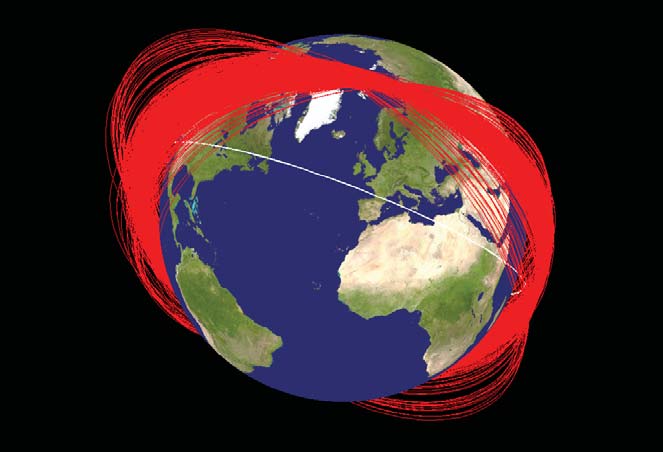PhysOrg Space Exploration - 27 April 2010
http://news.discovery.com/space/space-yacht-jaxa.htmlJapan is to launch a "space yacht" propelled by solar particles that bounce off its kite-shaped sails, the country's space agency said Tuesday.
A rocket carrying the Ikaros -- an acronym for Interplanetary Kite-craft Accelerated by Radiation of the Sun -- will blast off from the Tanegashima space centre in southern Japan on May 18.
"Ikaros is a 'space yacht' that gets propulsion from the pressure of sunlight particles bouncing off its sail," Yuichi Tsuda, space systems expert at the Japan Aerospace Exploration Agency (JAXA), told journalists.
The flexible sails, which are thinner than a human hair, are also equipped with thin-film solar cells to generate electricity to create "a hybrid technology of electricity and pressure", Tsuda said.
...
JAXA plans to control the path of Ikaros by changing the angle at which sunlight particles bounce off the silver-coloured sail.
...
The name of the spacecraft alludes to Icarus, the figure from Greek mythology who flew too close to the sun and fell into the sea, but Tsuda promised that "this Ikaros will not fly into the sun".
The same rocket will also launch Japan's first satellite bound for Venus, called the Akatsuki, or PLANET-C, which will work closely with Venus Express, a satellite sent earlier by the European Space Agency.




















